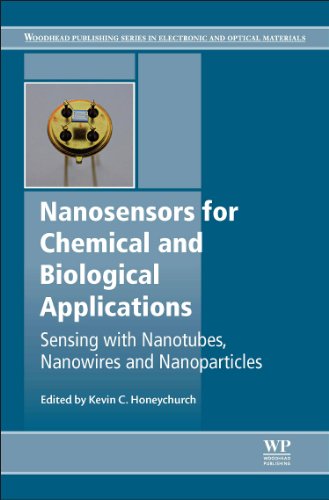

Most ebook files are in PDF format, so you can easily read them using various software such as Foxit Reader or directly on the Google Chrome browser.
Some ebook files are released by publishers in other formats such as .awz, .mobi, .epub, .fb2, etc. You may need to install specific software to read these formats on mobile/PC, such as Calibre.
Please read the tutorial at this link: https://ebookbell.com/faq
We offer FREE conversion to the popular formats you request; however, this may take some time. Therefore, right after payment, please email us, and we will try to provide the service as quickly as possible.
For some exceptional file formats or broken links (if any), please refrain from opening any disputes. Instead, email us first, and we will try to assist within a maximum of 6 hours.
EbookBell Team

4.4
22 reviewsNano-scale materials are proving attractive for a new generation of devices, due to their unique properties. They are used to create fast-responding sensors with good sensitivity and selectivity for the detection of chemical species and biological agents. Nanosensors for Chemical and Biological Applications provides an overview of developments brought about by the application of nanotechnology for both chemical and biological sensor development.
Part one addresses electrochemical nanosensors and their applications for enhanced biomedical sensing, including blood glucose and trace metal ion analysis. Part two goes on to discuss spectrographic nanosensors, with chapters on the use of nanoparticle sensors for biochemical and environmental sensing and other techniques for detecting nanoparticles in the environment.
Nanosensors for Chemical and Biological Applications serves as a standard reference for R&D managers in a range of industrial sectors, including nanotechnology, electronics, biotechnology, magnetic and optical materials, and sensors technology, as well as researchers and academics with an interest in these fields.